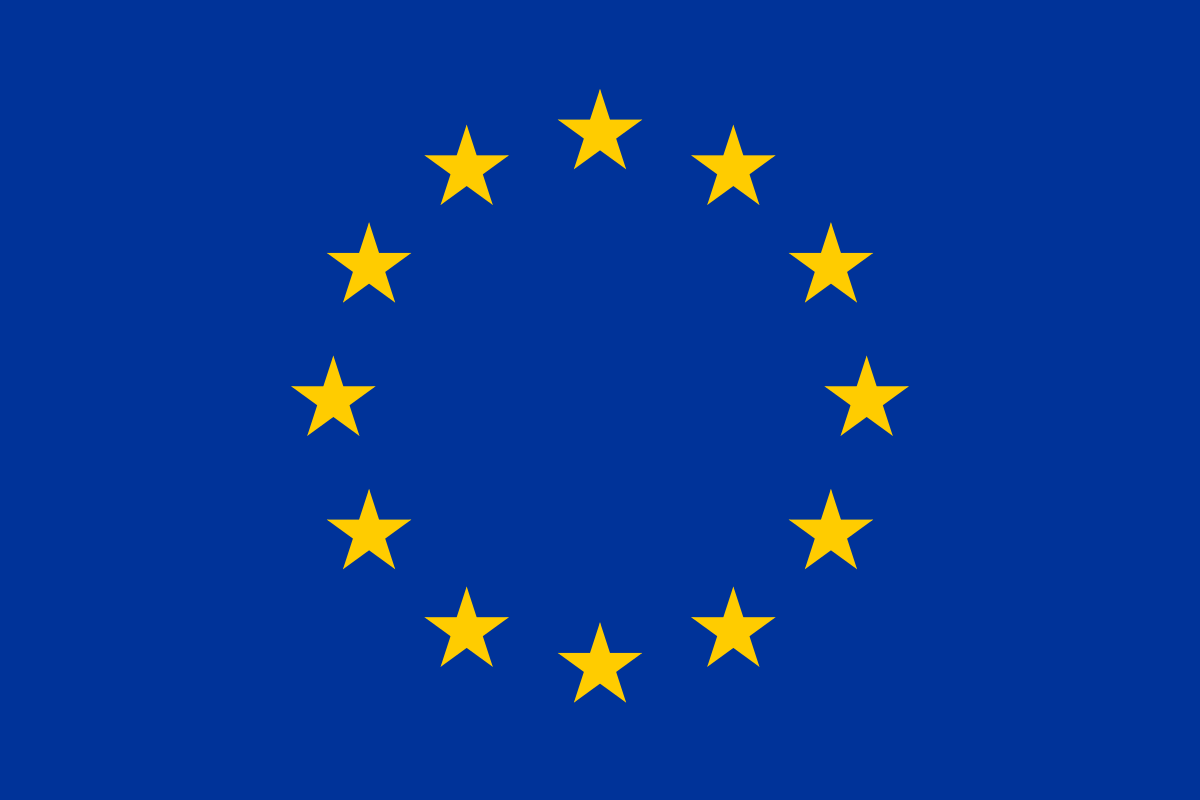European stocks are tumbling on Thursday as the ECB laid the groundwork for multiple rate hikes over the coming months.
In keeping with President Lagarde’s blog post a few weeks ago, the statement that accompanied the initial decision was very clear and specific as to the actions it intends to take over the next few months and beyond. What’s more, Lagarde was very clear in what it would take for the ECB to join the 50 basis point club in September – projections for 2024 inflation at 2.1% or higher – something markets are now taking as a given, with further super-sized hikes also priced in.
Fragmentation has been a concern in the markets and clearly within the ECB as well since its hawkish pivot. The central bank has a plan in place in order to counter this under the PEPP reinvestment scheme but insisted other tools will be used if necessary. Of course, that’s easier said than done and that is reflected in the widening spreads between Germany and those most at risk, like Italy.
All in all, it was another hawkish shift from the ECB, albeit one that was largely expected. Perhaps the central bank went a little further, especially in laying out the terms in which it would super-size hikes from September which was interesting. But in reality, the ECB doesn’t come out of today looking particularly good. It’s sat by and watched all year while other central banks have conceded defeat and made this move assuming its situation would be different. The reality is it never was and now it’s left itself a lot to do.
Oil steady as fresh Shanghai restrictions halt rally
Oil prices are steady on Thursday after surging once more in recent days. Fresh restrictions in Shanghai may be behind the rally losing steam, with China’s Covid-zero strategy the primary downside risk as far as crude is currently concerned. UAE Energy Minister Suhail al-Mazrouei alluded to this when he effectively referred to the reopening in China as being an upside risk for prices given the substantial shortfalls in OPEC+ production targets which currently amount to around 2.6 million barrels per day.
With the EIA warning of further hits to Russian supply over the next 18 months as a result of sanctions and an EU embargo amounting to around 18% of its first-quarter output (or two million barrels) – and that’s not accounting for the impact of the shipping insurance ban – the tightness in the oil market isn’t going to easily improve. Tight refining capacity is also further compounding the problem for consumers now facing record pump prices.
Gold choppy ahead of US inflation
Gold continues to fluctuate around $1,850, clearly with one eye on the US inflation data tomorrow and the Fed meeting next week. There isn’t really too much to add considering the price action of recent weeks. The yellow metal has been choppy at times but ultimately hasn’t moved in any considerable way, with $1,830 offering support below and $1,870 resistance above. Perhaps the CPI data will be the catalyst for the next explosive move.
Bitcoin awaiting a catalyst
It’s not often that I compare bitcoin to gold but the price action of recent weeks is hard to ignore. The cryptocurrency has bounced around $30,000 throughout that time and failed to generate any momentum above or below that level. We have seen slightly higher levels of volatility over the last couple of weeks but the end result is the same. Perhaps the inflation data tomorrow will be the catalyst it needs the burst out of its range.










